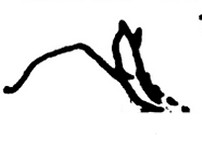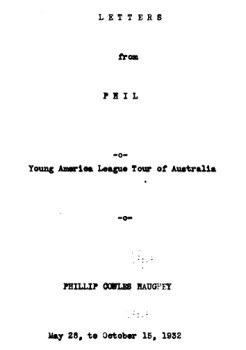
surfresearch.com.au
phillip cowles haughey : surfing at waikiki and sydney, 1932
phillip cowles haughey : surfing at waikiki and sydney, 1932
|
|
|
|
|
|
 |
surfresearch.com.au
phillip cowles haughey : surfing at waikiki and sydney, 1932 |



|
Haughey, Phillip Cowles: Letters from Phil : Young America League Tour of Australia May 28, to October 15, 1932. Typewritten with illustrations Circa 1937 Hathi Trust https://hdl.handle.net/2027/mdp.39015071692136 |
 |
|
|
|
|
|
|